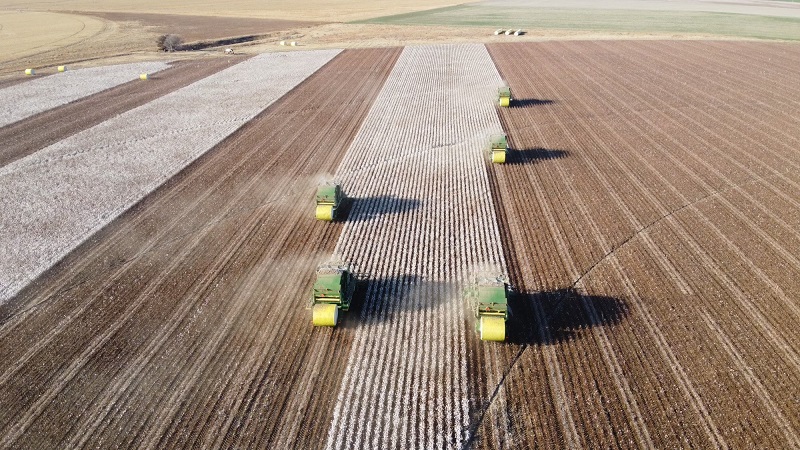Solving the Equation of Supply and Demand
The shifts in supply and demand dictate the shifts in price; the prosperity of the industry in many ways hinges on the ability to appropriately project the changes in the world’s production and consumption of cotton.
But there are many factors to consider when trying to understand the complexity of a changing global market above mere movements of price. Trends in socially responsible business practices as well as in environmentally conscience “green” movements are pressuring certain textile sectors, particularly China’s, towards change. Sluggish retail sales in the U.S. and Western Europe are impacting demand negatively, as an ever-growing textile-consuming middle class in China and India are creating higher worldwide demand. Bt technology and advanced, uniformed classing techniques are improving both yield and the quality of the cotton sold. These have obvious consequences on the supply of useable cotton available.
Individual government programs aimed at controlling price and markets, like India’s cotton seed price regulations, also play their part on the global stage, as do domestic regulations of labor. Population growths and shifts can create increased demands and result in a shrinking, affordable work force, as is happening currently in China. High input costs, as experienced by the U.S., Brazil and nearly every other producing nation, put a strain on creating the needed supply of cotton. The port capacity and container availability of freight lines, as well as their consumption of higher priced oil, will undoubtedly continue to influence where cotton is moved.
All these separate issues must be calculated together to create a full view of the global industry’s future. Of course there are always unknown influences, such as weather and volatile financial market swings, to skew assumptions and make the equation increasingly intricate. This issue of Cotton International Magazine seeks to compile varying outlooks on worldwide supply and demand, identifying particular areas of major change. With a central focus on India’s contributions to global market shifts, this issue also contains analysis on aspects of consumption and production in Brazil, the U.S. and China. The challenge is to uncover the opportunities, highlight the difficulties and plan to fulfill our still unknown potential.









